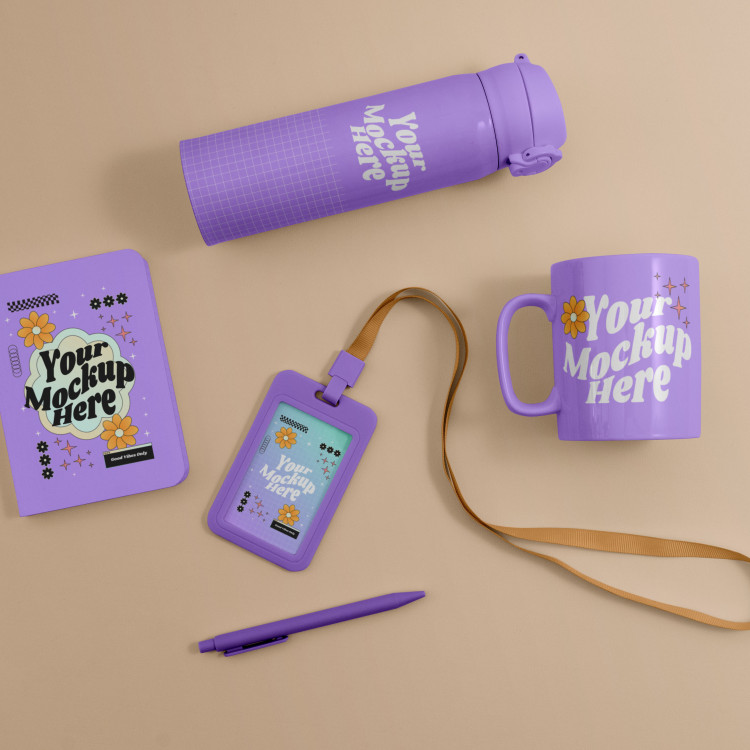Choosing the best gift - from our wide product collection - for your promotional needs is only half of the success equation. The appearance of your logo or message carries equal importance. To ensure the realization of your brand image, we provide various printing technologies, ranging from traditional methods to state-of-the-art digital technologies.
The following guide aims to give you a brief overview of our
labeling techniques and to help you pick the best for your selected item.

1. Embroidery
Еmbroidery is used
to label textile products, resulting in durable and high-quality
imprints, by an automatic embroidery machine which applies thread through
needle stitches. Pantone matching is not achievable, due to limited thread
colors.

2. Ceramic printing
Ceramic printing is
used to label mugs, glasses, and certain metal items using special ceramic
paints fired at high temperatures. The label is applied to the product
similarly to transfer printing, then fired in a furnace.
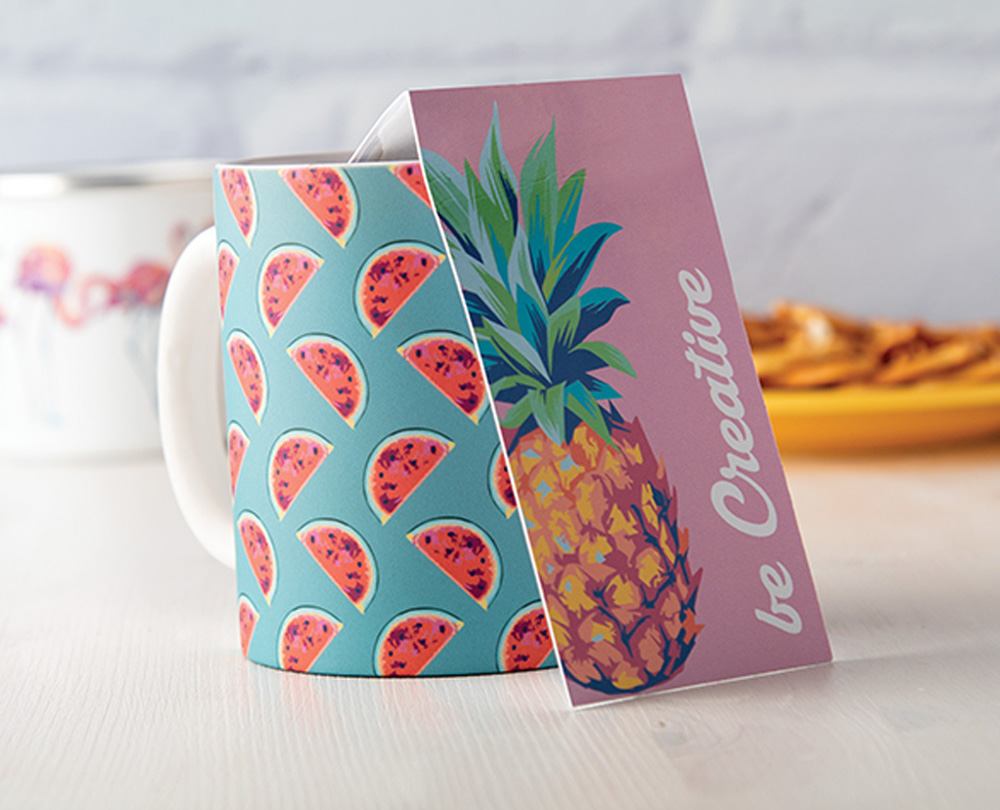
3. Digital printing
Digital printing is used to imprint paper
products and paper inserts in photo quality. Paper inserts can be produced in
various sizes and shapes.
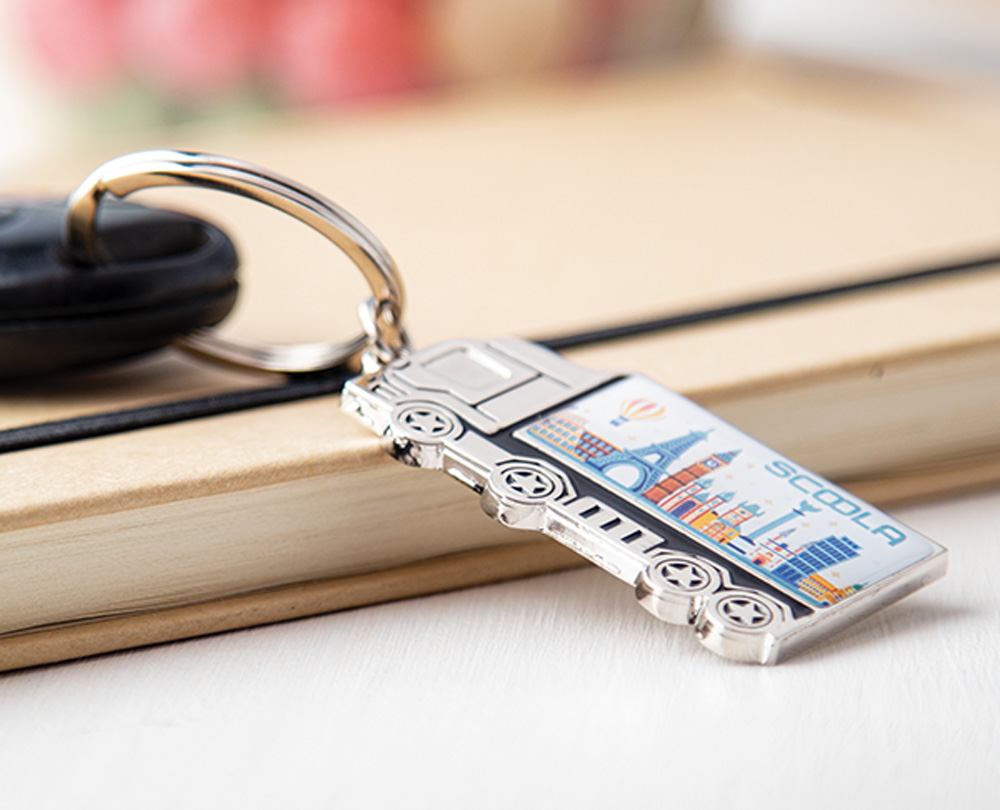
4. Epoxy doing
Epoxy doming is a unique
printing technology, using full-color printed stickers covered with 2 component
resin. As a result, the treated sticker will have a 3-dimensional look.
Epoxy-domed logos can be produced in custom shapes and are resistant to UV rays.
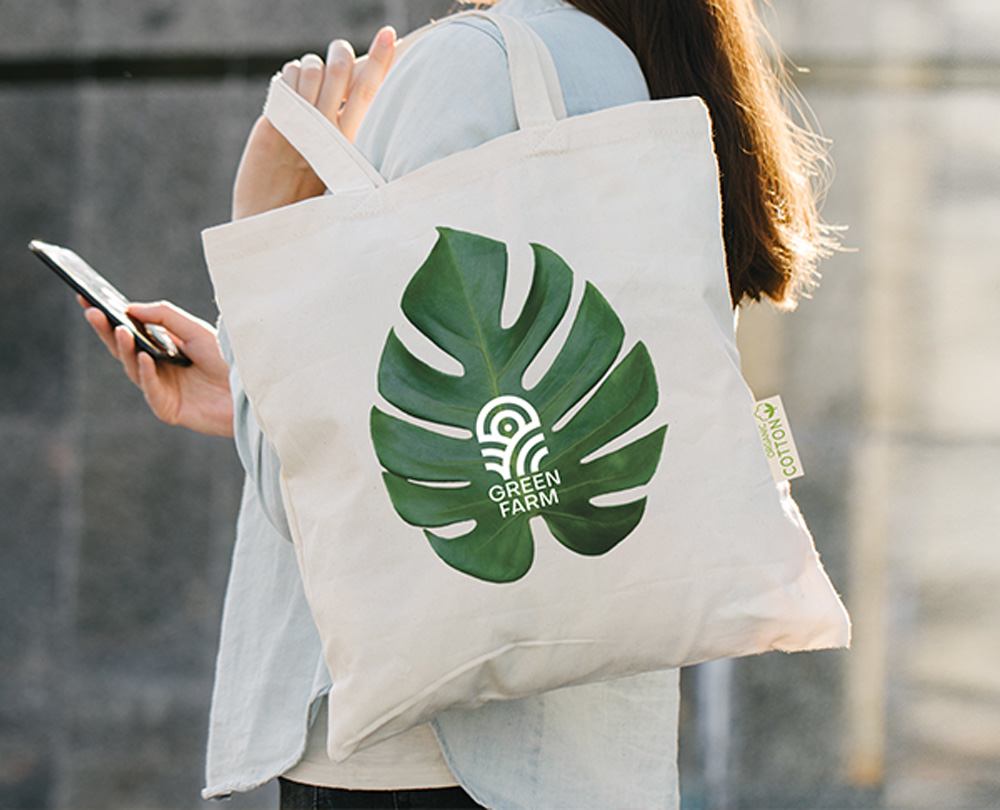
5. Digital transfer
Digital transfer
printing is a modern, full-color alternative to traditional transfer printing.
The design is printed in photo quality onto transfer paper with a special
digital printer and then applied to the product with a heat press. Our digital
transfer technology carries no limitation in the size or shape of imprints.

6. Textile digital transfer
Textile digital
transfer printing is a variation of digital transfer printing optimized for
creating long-lasting, durable prints on clothing and accessories. To maximize
imprint durability wash garments below 40 degrees Celsius.
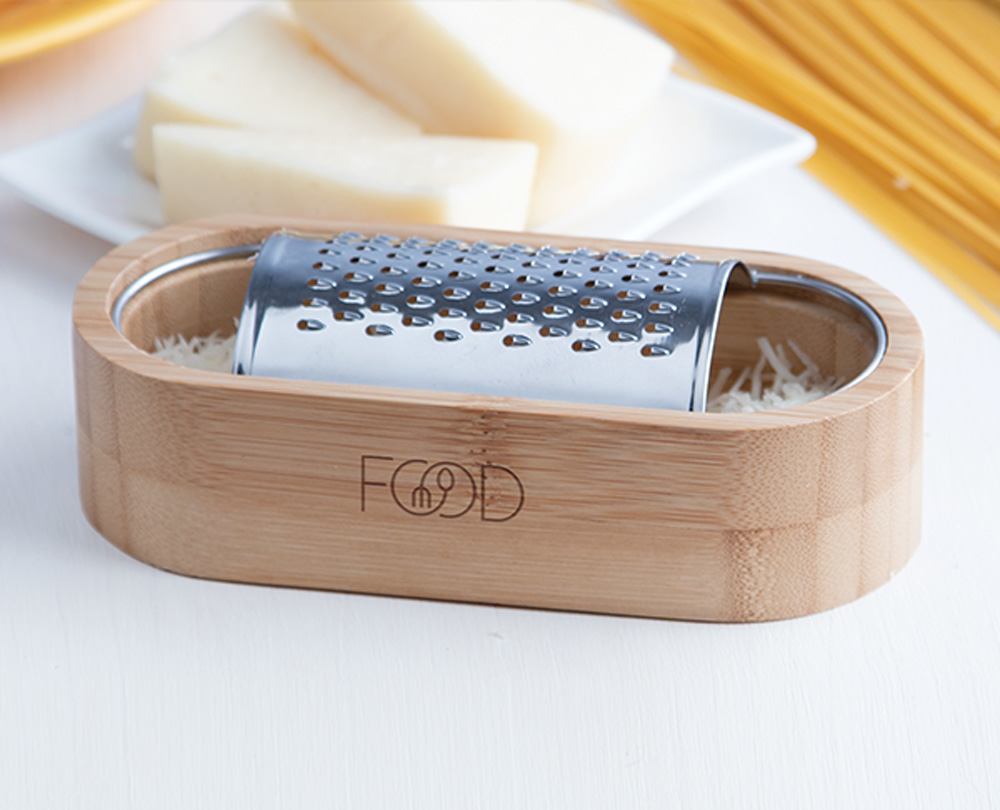
7. Engraving
Engraving utilizes
lasers to mark a product's surface. The surface of the product practically
burns in the process of developing the logo. Even small logos can be printed
very accurately. Engraving applies to metal, wooden, glass, and certain plastic
products.
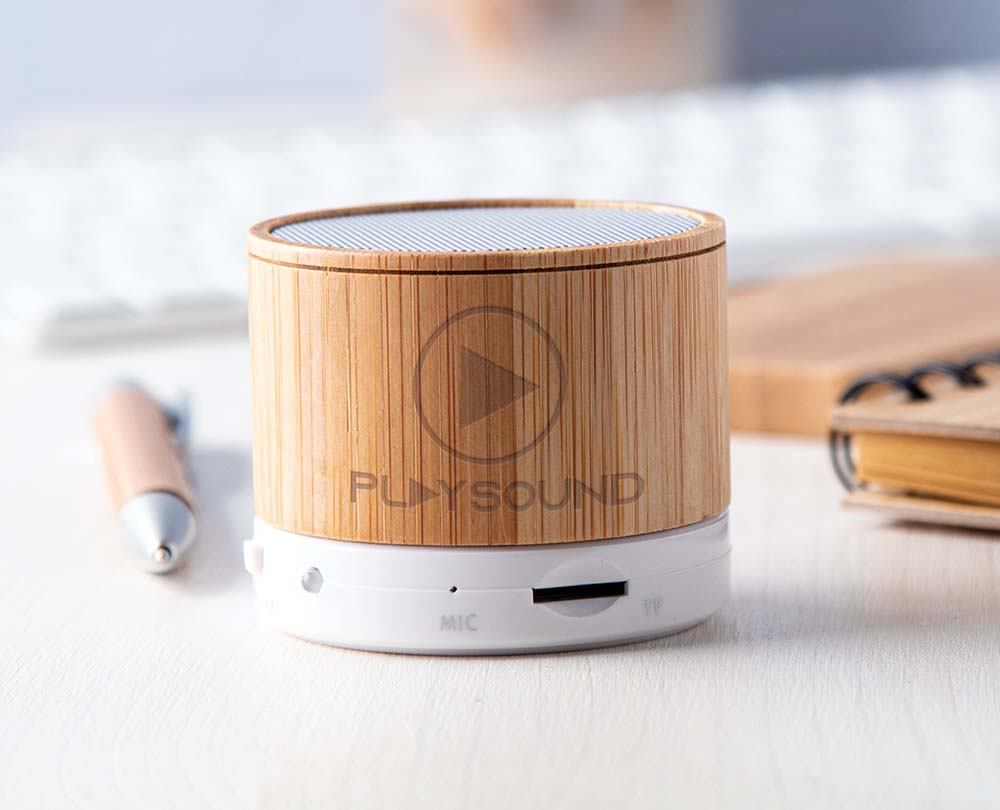
8. Rotary Engraving
Rotary
engraving utilizes lasers to mark the surface of cylindrical products. With the
help of a special rotary device the engraved product is rotated during the
printing process, allowing a large imprint wrapping the item. Rotary engraving
applies to metal, wooden, bamboo, glass, and certain ceramic products.

9. Pad printing
Pad printing is the most popular, traditional
ink-based labeling method. This technology uses a silicone pad to transfer ink
onto an item with fine details and high accuracy, applicable to a wide range of
materials. Pad printing allows labeling curved surfaces.

10. Rainbow engraving
Rainbow engraving is
a special laser engraving technology, that utilizes different wavelength laser
beams to achieve colored imprints on metal items, without the use of inks or
chemicals.
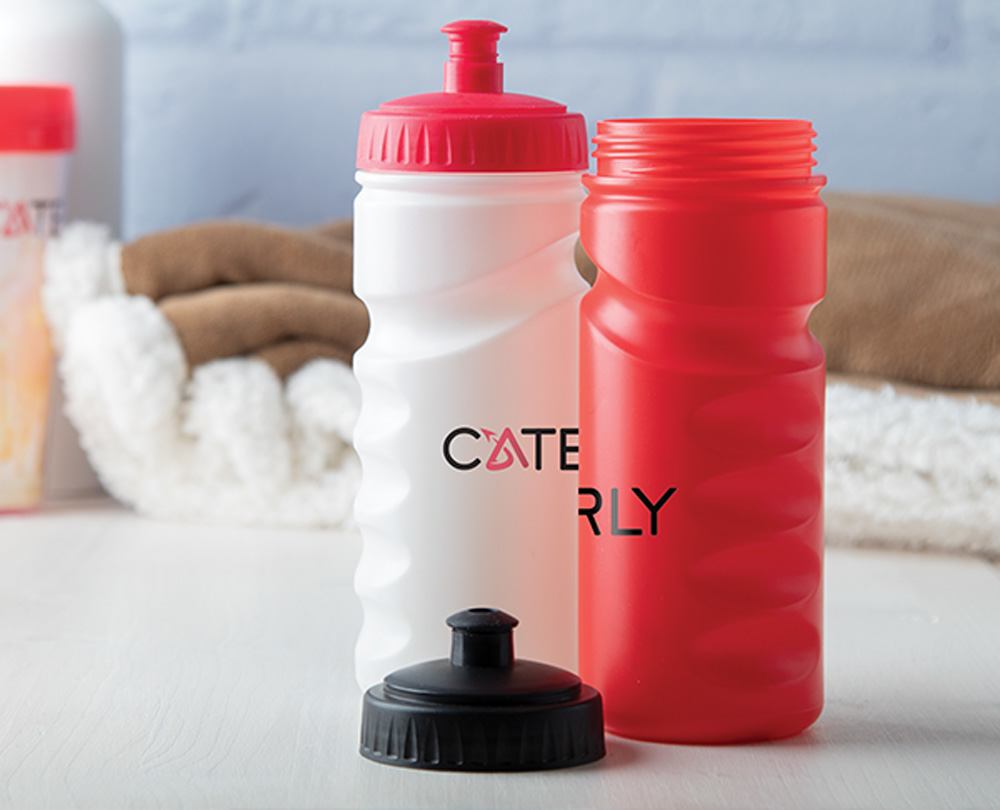
11. Rotary screen printing
Rotary screen
printing is a special kind of screen printing for labeling bottles. The
cylindrical screen printing machine rotates the product parallel to the gauze,
resulting in continuous prints throughout the surface of the product.
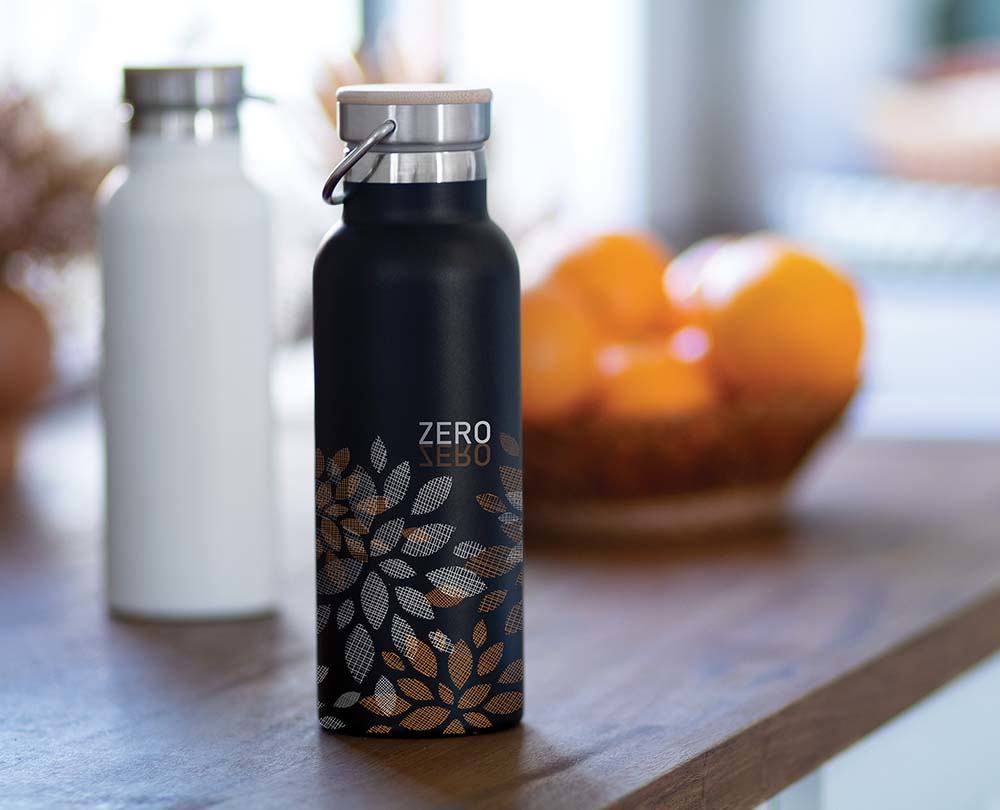
12. Rotary UV LED Printing
Rotary UV LED printing is a
digital, full-color labeling process to create photo-quality imprints directly
on the surface of cylindrical and conical items, allowing a large imprint to
wrap the item. Rotary UV LED imprints are coated with transparent varnish for
an exquisite look and extra durability.
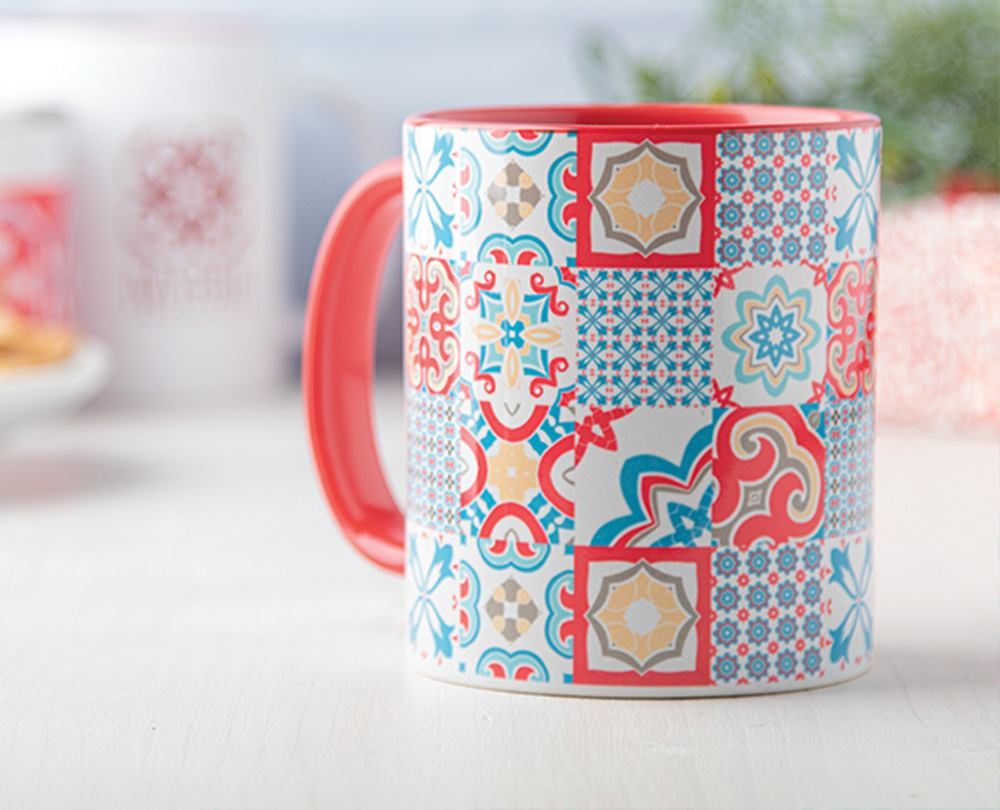
13. Sublimation
Sublimation printing
is a full-color, digital labeling technique with photo quality. Designs are
printed with special ink on a transfer paper and then heat-pressed onto the
product's surface. Sublimation is only applicable to light-coloured polyester
and sublimation-coated products.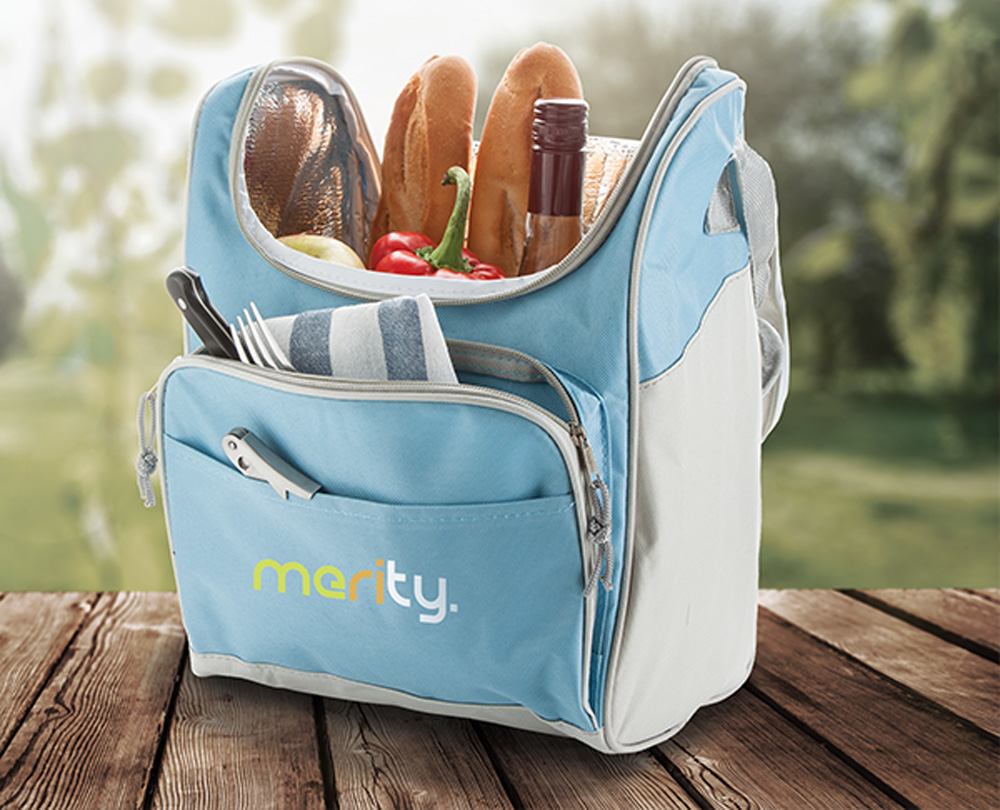
14. Transfer
printing
Transfer printing is based on traditional screen
printing, however, instead of being directly screen printed onto an item, the
design is printed onto transfer paper and then applied with a heat press.
Transfer printing applies to a wide range of products and holds several
advantages over screen printing.

15. UV led
technology
UV LED printing is a
full-color, digital labeling process utilizing UV-cured inks. Logos are
directly printed on the product's surface in high resolution, resulting in
instant photo-quality imprints.
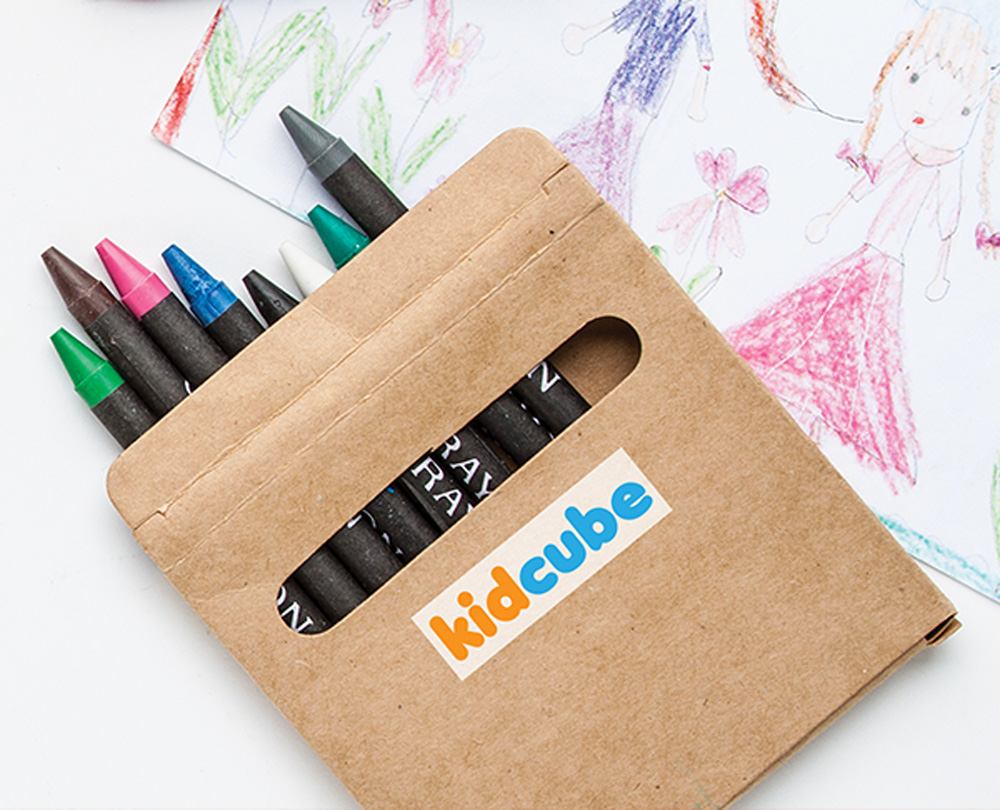
16. Vinyl sticker
Vinyl stickers are
digitally printed full-color, self-adhesive stickers applicable to various,
otherwise hard-to-print, products. Vinyl sticker logos can be produced in
various sizes and shapes.
In this guide to branding techniques, we've reviewed the different methods for creating personalized products. From traditional methods such as embroidery and screen printing to state-of-the-art digital technologies such as digital printing and UV LED printing, each technique offers specific advantages that should be considered depending on the customer's needs and product characteristics. Choosing the best branding technique depends on several factors, including product material, desired look, and budget and time constraints. To ensure consistency and quality, Klever.mk offers a wide range of options and possibilities for personalization, from traditional printing to advanced techniques such as digital transfer.

